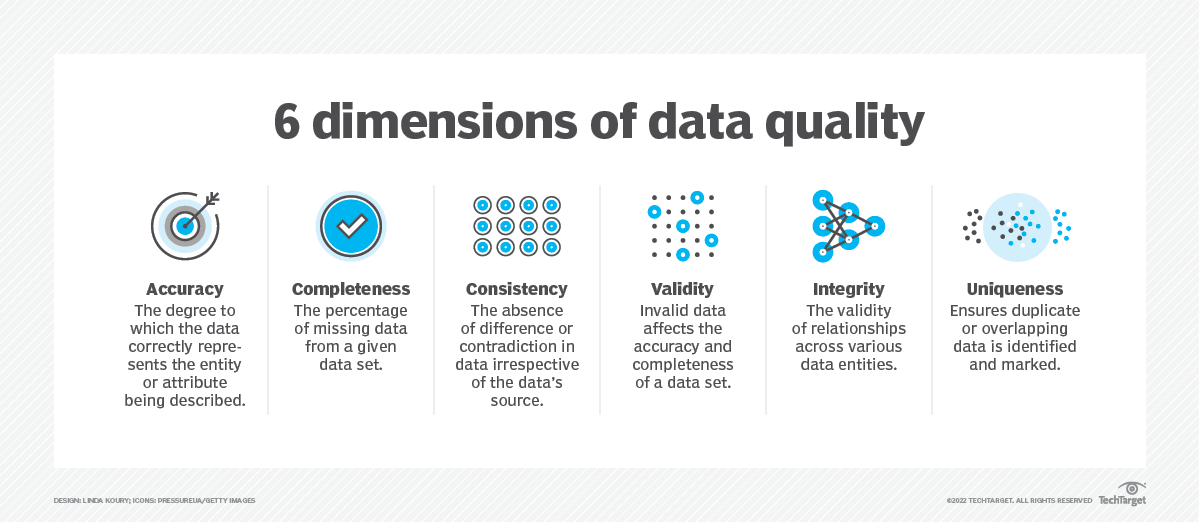
Announcements
- In 2023, organizations will battle a more complex threatscape than ever as web application breaches continue to rise, credential theft and credential stuffing remain a concern, and ransomware demands hit the big players. It’s no wonder that CISOs and security practitioners are more concerned than ever before. Join threat researchers and leading CISOs as they discuss the latest cyber threats on the horizon for 2023 and share how businesses can effectively ‘horizon scan’ to make themselves as secure as possible for the coming year.
- Digital transformation is essential for companies to survive and thrive among today’s volatile market and the proliferation of hybrid workforces. IT leaders need guidance on how to best digitize their environments in a way that ensures they are utilizing the right technology, and all areas of the business will reap the benefits. Join expert thought leaders for the three-day Accelerating Digital Transformation summit to hear digital transformation success stories, how advancing technologies like AI and RPA can enhance transformation efforts, and proven tips to integrate these new practices..

How the Pandemic Created a Time Warp
Recessions, it has been said, are typically only visible in a rear-view mirror. In theory, we are in a recession when the economy shrinks over two quarters. In practice, however, not all recessions are the same. The last major recession, when the economy collapsed before GDP returned to pre-recession levels, was in 2020. Before that, in 2013-14 there was a marked slowdown in the economy that just skirted being a recession even though unemployment was high. And before that was the Great Recession of 2008, which resulted in mass employment coupled with a long recovery time.
Today, U6 unemployment is at 3.5%, which many administrations would have salivated over when the economy was firing on all cylinders. This condition – where you have high employment while the economy has only moderate growth (or very mild shrinkage) – may be because the structural changes that have happened in the economy over the last couple of decades accelerated as the effects of the pandemic brought these changes forward by about ten years.
This can be put another way: If you had gone to sleep in late 2019 and the pandemic had not happened, then when you woke up in 2030 this is where the economy was trending. Work from home was found in only about 6% of all employment contracts, now it’s more than 45% — a number that is remaining stubbornly constant despite the best efforts of managers everywhere. This trend was growing in 2019, but the trendlines pointed to 2030 when that percentage was reached.
The same thing happened in the cloud, as the need for telepresence, gaming, and streaming boosted the development of cloud-based systems dramatically while accelerating the need for companies to reduce their reliance upon in-house computing that came from being unable to access the physical plants (most famously, when Facebook employees got locked out of their headquarters). Innovations in artificial intelligence occurred because the need for gaming spurred GPU evolution, accelerating machine learning systems and the growth of GPU farms. These changes were beginning to take place even in 2020 but would have happened far more sedately if it weren’t for COVID 19.
Similar changes in the labor force occurred during the Great Reshuffle when more than 20 million people were thrown out of work or left their existing work after being in limbo for several months. A significant percentage of that workforce simply left, people who put off retirement or those burned out after long hours, low pay, and poor (and frequently dangerous) work conditions, primarily from working as front-line or first-responder professions such as nurses and doctors, teachers, truckers, stockers.
Others went from being people-facing to going online, jumping from professions that were mostly well-tracked to others (mostly in the gig economy) that had barely even shown up in labor surveys before. This left a noticeable dearth of workers in physical retail, healthcare, services, and so forth. Finally, a small but significant number of workers went into the Reputation economy, selling self-made products online by producing media products, working as bloggers and video journalists and other work that required the emergence of an increasingly mobile workforce.
Beyond this, the pandemic also eliminated the concept of GeoFencing, an idea that was so pervasive and intrinsic that it wasn’t even noticed until it was gone. Much of the 19th and 20th centuries worked upon a seemingly uncontestable axiom: Work was where the company was. Every day, hundreds of millions of workers would walk or ride cars, trains, buses, and aircraft to get to where they work, which meant that you needed to live close enough to your work to commute. With the pandemic, this restriction (which had been loosening for a couple of decades before then) effectively disappeared.
Companies had taken advantage of outsourcing – using overseas workers to arbitrage labor costs – for more than three decades. With remote work suddenly becoming feasible for nearly half the workforce, potential employees no longer needed to be in the same “geofenced” location as their employers and had a much broader selection of potential employers to choose from. The implications of this are still playing out, but one consequence has been that the labor market has become more efficient, meaning that employees can find more optimal jobs on their terms, not just their employers’.
This is changing the expectations of companies and their employees fairly profoundly. Labor costs have increased for companies, representing a significant change after decades of wage declines, which in turn is reducing profits for investors. Since investor profits measure a major part of GDP, this creates the odd recession that seems to be forming – tight labor conditions but reduced profits (or even losses after oversized profits in the last year), coupled with excess inventory that emerged due to signals of demand getting tied up in supply chain delays.
One final observation: the time warp effect has also put paid to many bad ideas that could have thrived but didn’t. Self-driving cars have proven harder to create than expected, though drones are becoming more ubiquitous. AI is pretty good at doing things people generally don’t want to do, such as generating press releases, writing catalog descriptions, and making it easier to prompt creativity. Still, its use also raises flags concerning copyright, privacy, and bias that aren’t going to be solved by technological means. The biggest question is how to ensure that creativity and innovation are valued more fairly than they are right now. I’ll get into that discussion more in next week’s column.
In Media Res,
Kurt Cagle
Community Editor,
Data Science Central
DSC Editorial Calendar: October 2022
Every month, I’ll update this section with many topics I’m especially looking for and are more likely to be featured in our spotlight area. If you are interested in tackling one or more of these topics, we have the budget for dedicated articles. Please contact Kurt Cagle for details.
- ESG (Environment-Social-Governance)
- Digital Privacy
- The Electric Economy
- VUCA (Volatility-Uncertainty-Complexity-Ambiguity)
- Labeled Property Graphs
- Inferential Machine Learning
- Geospatial Data
- Drone Traffic Control
- Linguistic Intelligence
- Ethical AI
If you are interested in posting something else, that’s fine too, but these are areas that we believe are hot right now.
DSC Featured Articles
Picture of the Week


